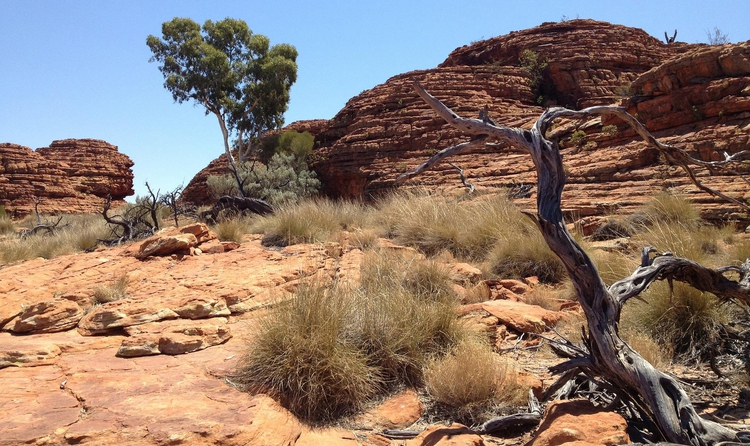Drought is a real problem that affects water fit for human consumption

We analyze a podcast that ensures that drought is not a real problem.

A podcast about chemtrails has claimed that there is no drought in Spain because you can see more water than land from outer space. This claim is MISLEADING. The water visible from space is mainly saltwater from the oceans, which is not suitable for human consumption and not considered when talking about drought. The type of water necessary to sustain the everyday life of human beings and terrestrial ecosystems is freshwater, which only makes up 2.5% of all the water on Earth. The IPCC talks about the increase in the intensity and frequency of droughts as a global trend, while 21% of Spain’s territory is in a situation of prolonged drought and the winter of 2021-22 was the second winter with the lowest amount of rainfall on record since 1961.
When you look at the Earth from outer space, what do you see: more water or more land? There has been a huge electoral campaign, no, sorry, advertising campaign, in which we’ve been told that there’s a drought.
It is true that if we look at our planet from outer space, we see more water than land. The United States Geological Survey (USGS) explains that “about 71 percent of the Earth’s surface is water-covered, and the oceans hold about 96.5 percent of all Earth's water”, which is not fit for animal or plant consumption. In fact, the total quantity of water available on Earth does not change, only the form in which it is distributed does. In other words, changes occur in the total amount of available freshwater, which makes up only 2.5% of the total water on our planet.
Monitoring droughts
Drought is a “recurring climatic feature characterised by a temporary shortage of water in relation to the usual supply over a certain period of time”, according to the Spanish Ministry for Ecological Transition and Demographic Challenge (Miteco). However, the same ministry states that there are more than 150 definitions of drought, and none of them is universally accepted. Shortage of rainfall, known as meteorological drought, is the origin of all the other types of drought.
Although there is no standard definition of drought, a number of organisations monitor indicators that allow experts to establish different situations of drought. The Spanish Meteorological Agency (Aemet), for example, reviews episodes of meteorological drought (absence of rain) in its annual bulletin and Miteco monitors on a monthly basis the regions that are either experiencing or at risk of experiencing hydrological drought (the fall of water levels in rivers and reservoirs).
This monitoring has made it possible to characterise the winter of 2021 and 2022 as the second driest on meteorological record since 1961, when data collection started. Until then, and since the year 1961, Aemet had registered up to 7 periods of meteorological drought, three of which lasted for longer than a year.
Spain has a climate that makes it prone to droughts. In fact, since 2010, it has had a risk management plan for different drought situations which lays out different paths of action in case such a situation arises.
Climate change as an aggravating factor
There are more and more studies predicting an increase in the duration and intensity of the episodes of drought in southeastern Europe – and especially in Spain – as a result of climate change. This one from the University of Munich has referred to the Alps, France, the coastal area of the Mediterranean and the Iberian Peninsula as “hotspots in which the frequency of extreme droughts could increase by up to 50%” in 2099.
The latest climate models, used by the IPCC for its recent reports, also indicate that Spain is a hotspot for the increase of the frequency and intensity of droughts.